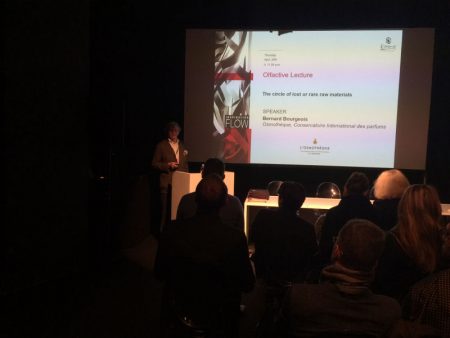
Lecture with Bernard Bourgeois, Parfumeur-Osmothécaire/ L’Osmotheque The Circle of Lost or Rare Materials photo Ermano
At Esxence 2019, Bernard Bourgeois, Master Perfumer and Curator of the renowned L’ Osmotheque presented an informative lecture in which he discussed fragrant materials which are rapidly disappearing from the perfumer’s palette. Bernard Bourgeois spoke in French, the copious notes I took were in French; I’ve translated them for you. The hot topic concerned endangered, scarce and tabooed aromatic substances – their origins, description, famed examples and the reasons for this phenomenon. Throughout the event, participants were handed mouillettes saturated with both synthetic and natural materials, then we were issued an unlabeled vintage perfume as illustration (I observed that many did not recognize these perfumes, so I identified them for fellow attendees, as I will for you).
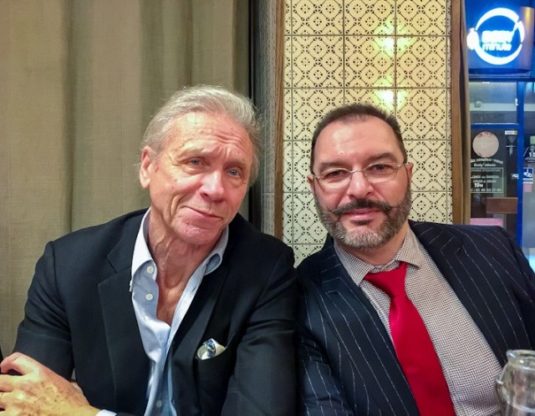
Criteria for their sparseness were based primarily upon availability and health concerns. Some fragrant components are forbidden – their utilization restrained by concentration, inaccessibility, known or suspected toxicity, or rarity due to the inability to sustain them as a resource. Bernard Bourgeois chose several substances which have been vital in our enjoyment of perfumery: let’s explore.
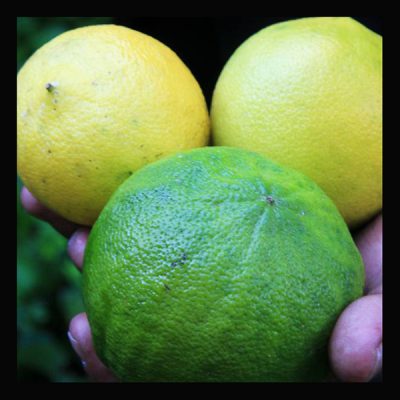
Photo By Pierre Benard
Bergamot: the much-beloved citrus employed by François Coty, Jacques Guerlain, Ernest Beaux, Germaine Cellier and Edmond Roudnitska. It is described as solar, generous, green and vigorous, “concentrated sunlight”. Bergamot is an acknowledged photo-sensitizing agent and allergen due to its high concentration of furocoumarin. Ergo, the IFRA has stringent restrictions and regulates its cosmetic usage as well – extending to laundry, toilet paper and even feminine hygiene products. Famous perfume examples sited by Bernard Bourgeois: L’Eau de Lubin, Coty L’Origan, Guerlain L’Heure Bleue, Eau d’Hermès, Guerlain Habit Rouge, Eau de Rochas (they passed around L’Heure Bleue!).
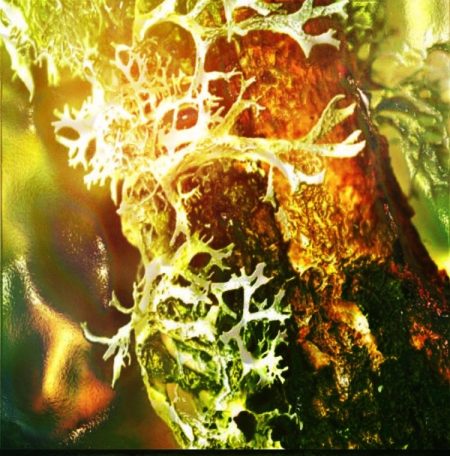
Oakmoss apped by Michelyn
Mousse de Chêne (Oakmoss): only 0.1% atranol/chloroatranol is permissible per the IFRA because of significant dermatological allergenicity, leading to the evolution of low-atranol moss and moss substitutes. Bernard Bourgeois depicts oakmoss as potent, woody, earthy, green, marine and mushroomy: essential for fougère and chypre accords. Perfumes cited: Guerlain Mitsouko, Coty Chypre, Piguet Bandit, Clinique Aromatics, Paco Rabanne Pour Homme (vintage Mitsouko).
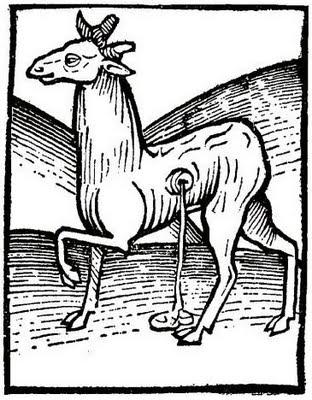
Musk Deer via wiki
Bernard Bourgeois presented Deer Musk: an endangered species hailing from Asia, the Himalayas and Siberia due to the violent nature of its extraction and the rapid diminution of the musk deer population. It is described as fecal, ammonia-like, earthy, woody, resembling humus (compost) with tobacco and iris facets. “Odeur fauve” – wildcat aroma. Other descriptors included animal, tobacco, fur and “primitive and vibrant”. According to perfumer Ernest Beaux, it took nine months to macerate this musk for Chanel No.5. Famous illustrations: Coty Ambre Antique, Houbigant Quelques Fleurs, Chanel No.5, Guerlain Vol de Nuit (we sniffed vintage Chanel No.5).
Ambergris (Ambergris Flotté): the rare prized and precious fixative resulting from sperm whales’ ingestion of cuttlefish; the ensuing irritation produces matter which is expelled either as vomitus or through feces. It floats upon immense bodies of water (such as the Indian Ocean) for years at a time until it washes ashore in the Southern Hemisphere, Antarctica, the Baltics, Ireland, to name a few locations. Initially ambergris is black and becomes a deep blue-grey and possesses a potent odor, until after many years it becomes white and highly prized. Its nuances are many: soft, fecal, fetid, rotten fish (“poisson pourri” sounds much prettier!), iodine, marine, earthy, incense, honey, tobacco, waxy, violet/iris, algae-like. Some refer to it as ‘ambre douce’ – sweet amber. Some examples: Guerlain Jicky, Millot Crêpe de Chine, Coty Ambre Antique (the mouillette was scented with Ambre Antique!). (edited)
Indian Sandalwood: this precious heartwood is native to Kerala, Karnataka, Mysore and Tamil Nadu but has been ravaged by oversourcing, much of it now illegal. It is being substituted with Australian and New Caledonian sandalwood. The going price? 4-5,000 Euros per kilo. Bernard Bourgeois expressed his admiration for its milky, velvety, suave tones. Perfumed illustration: Lanvin Arpège, Patou Sublime, Chanel Égoïste, Hermès 24 Faubourg, Guerlain Samsara, Serge Lutens Santal de Mysore (Samsara).
Costus: this root indigenous to India and Kashmir is IFRA -restricted to 1.0% concentration because of its tendency to cause dermatitis. A vegetal animalic, it’s referred to as wild, smelling like unwashed hair/scalp, feral and greasy. Costus noted in these in perfumes: Calvin Klein Obsession for Men, Davidoff Zino, Jean-Paul Gaultier Le Mâle, Serge Lutens Muscs Koublai Khan (Davidoff Zino).
Lyral: this aromachemical is a floral essential, evoking lilac, lily-of-the-valley, cyclamen; it possesses extreme tenacity – and it’s a powerful skin irritant. The IFRA permits only a 0.2% concentration and it is fairly outlawed at this time, per Bernard Bourgeois. Hydroxycitronellal is used as a substitute, but that too is suspect. Lyral is described as having a feather light quality. Perfumed examples: Grès Cabochard, Estée Lauder Estée Super, Capucci Yendi, Armani Acqua di Gio, Hermès Hiris (sample was Hiris).
Methyl Octine Carbonate: another aromachemical which lends floralcy and is very likely to irritate skin. The IFRA insists upon no more than 20 parts per million and a concentration of 0.01% only. Methyl Octine bestows green violet, leafy, cucumber and melon limpidity, ionones. Perfumes including it: Dior Fahrenheit, Balmain Jolie Madame, Geoffrey Beene Grey Flannel, YSL Paris and Dior Poison (Grey Flannel mouillette).
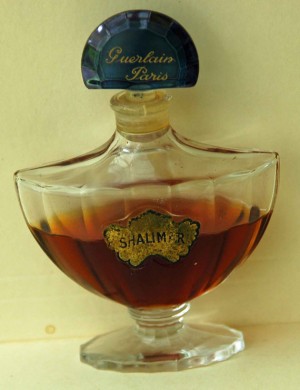
Vintage Shalimar via Gail
Ambrette: classified by the IFRA as one of the nitro-musk family, judged to be potentially harmful to fetuses since 1981 (citing Mssr. Bourgeois; further study needed for conclusive data). Ambrette is lightly animalic, floral and powdery in nature, a botanical musk. Perfumes: Chanel No.5, Guerlain Shalimar, Nina Ricci L’Air du Temps, Hermès Calèche (sample was Calèche).
Musk Ketone: under suspicion of interfering with endocrine function, it is permissible as 1.4% concentration in perfume and 0.56% in eau de toilette. Its character is flowery, powdery, conveying comfort and well-being. A macrocyclic, synthetic substance which exists in the family including Muscone, Habanolide and Exaltolide. Illustration: Chanel No.5, Lanvin Arpège, Nina Ricci l’Air du Temps, Jean-Charles Brosseau Ombre Rose, Hermès 24 Faubourg (example was Ombre Rose).
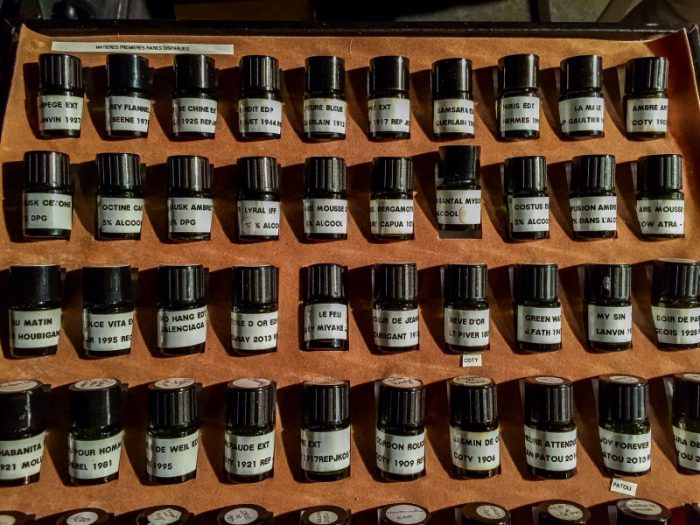
In conclusion Bernard Bourgeois asserted that going forth, perfumery needed to be both responsible and creative. Imagination would be, as it always has been – essential. Research, headspace technology, the invention of new techniques, sustainable sourcing are the future. While he was quite optimistic, he could not help but feel just a bit nostalgic regarding the loss of those materials which we have cherished for many years.
~ Ida Meister, Senior Editor and Natural Perfumery Editor
